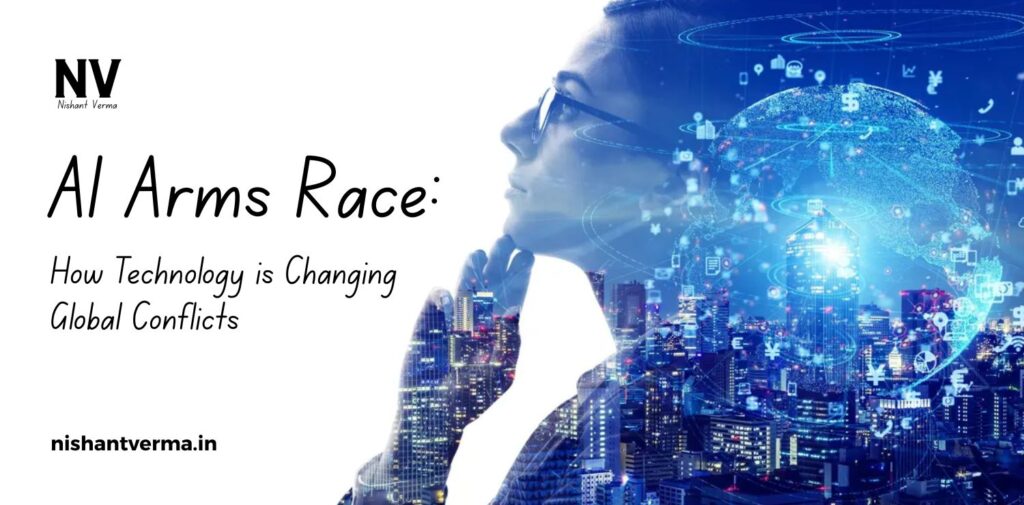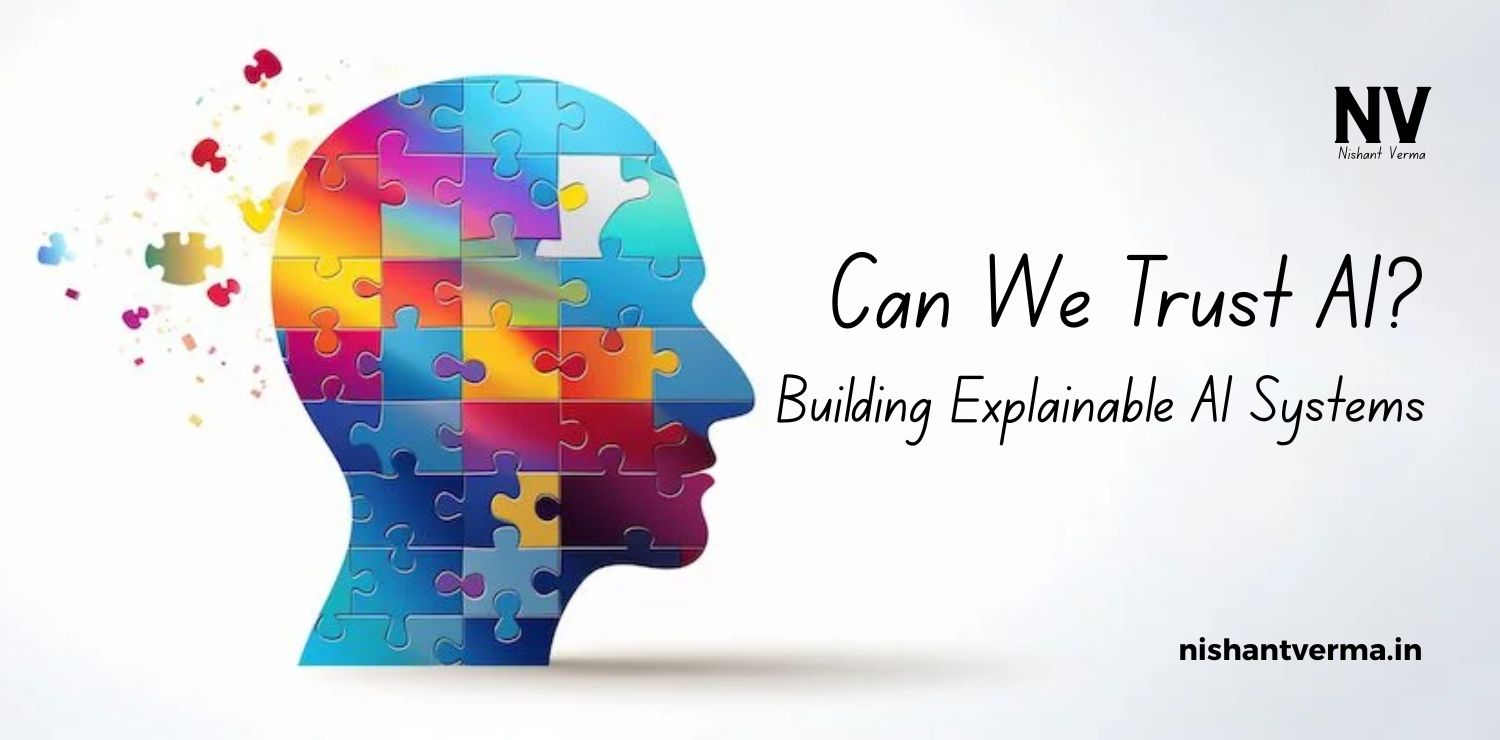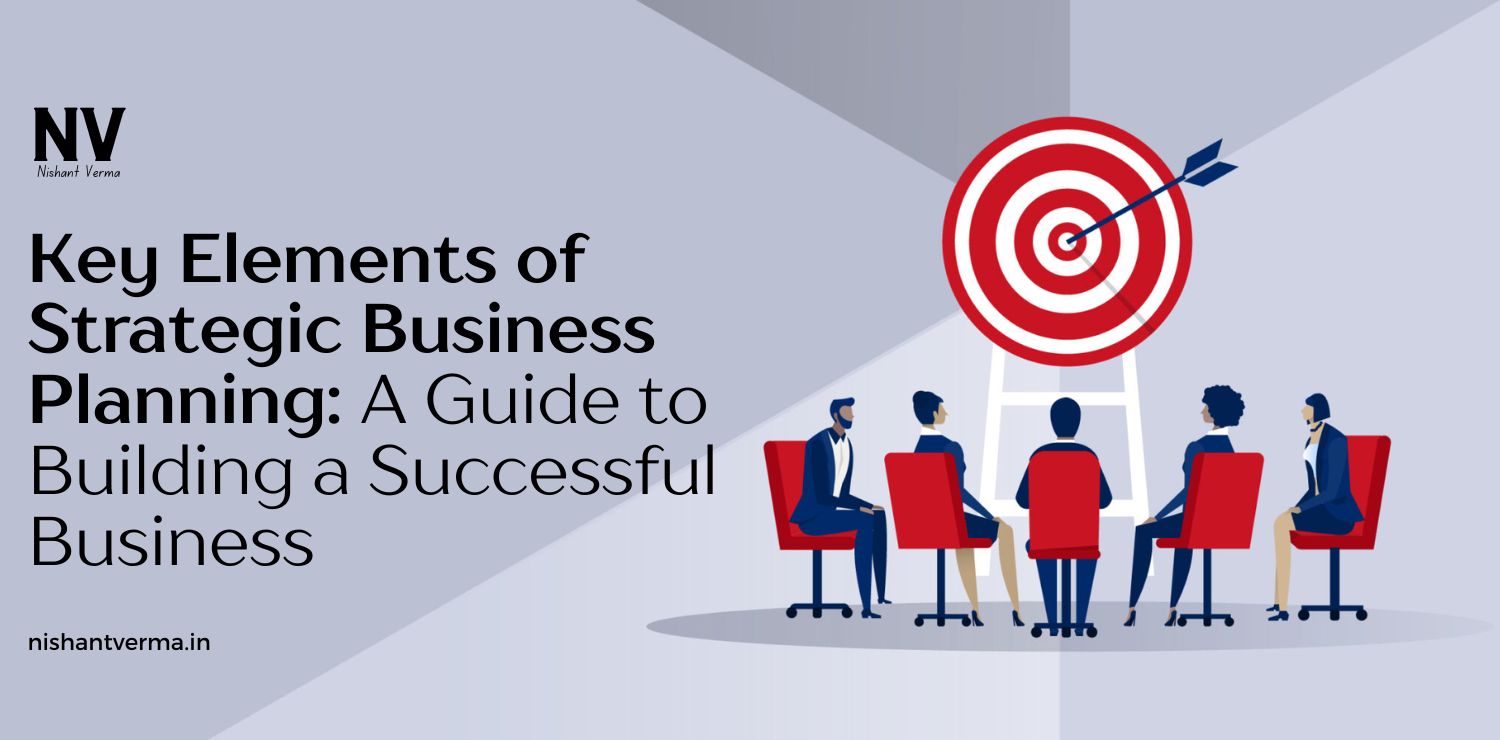In the 21st century, wars are not just about guns, tanks, and soldiers. A new kind of weapon has entered the battlefield—Artificial Intelligence, or AI. Countries around the world are now competing to become powerful not only through traditional military means but also through smart technologies. This global competition is often called the “AI Arms Race.” But what exactly does this mean, and why should we, especially in India, care about it? Let’s break it down in simple terms.
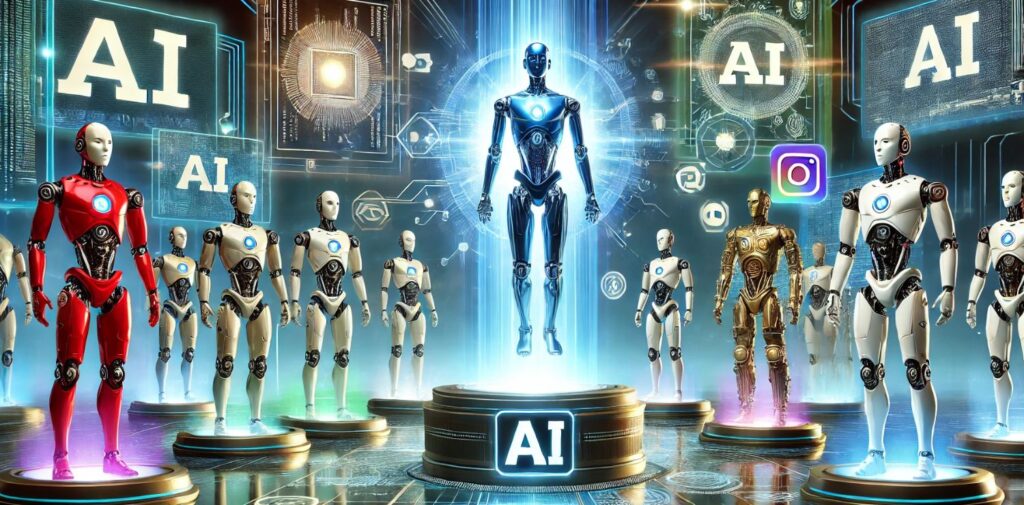
What is the AI Arms Race?
The AI Arms Race refers to the race among powerful countries to develop advanced Artificial Intelligence systems that can be used in defense and warfare. Just like during the Cold War, when the U.S. and the Soviet Union competed to build nuclear weapons, countries today are racing to create smarter AI tools for national security.
These AI systems can perform tasks like predicting enemy movements, managing cyber security, flying drones, and even making decisions in warfare. The country that controls better AI systems can have a major advantage in any kind of conflict.
Why is AI important in modern warfare?
In today’s world, wars are becoming more about intelligence, speed, and precision. AI can help armies become smarter and faster without putting human lives at immediate risk. Here’s how:
- AI can control drones and robots to carry out dangerous missions.
- It can analyze large amounts of data to predict enemy attacks.
- It can manage logistics, monitor borders, and even control missiles with more accuracy.
- It can be used in cyber warfare to hack or protect critical systems.
All these uses make AI a powerful weapon. But with great power also comes great risk. If these technologies fall into the wrong hands or are misused, they can cause large-scale destruction.
India’s Role in the AI Arms Race
India is also entering this AI battlefield, but in a more balanced way. While global powers like the U.S., China, and Russia are heavily investing in military AI, India is focusing on using AI for both defense and peaceful purposes. Organizations like the Defence Research and Development Organisation (DRDO) and Indian Armed Forces are actively exploring AI-based systems.
India has already started using AI for surveillance on borders, cyber defense, and smart weapons. But the country also faces challenges such as limited funding, lack of high-end AI research, and dependency on foreign technology. To stay ahead, India needs to invest more in AI education, innovation, and local development.
Let’s look at who’s leading the AI Arms Race globally:
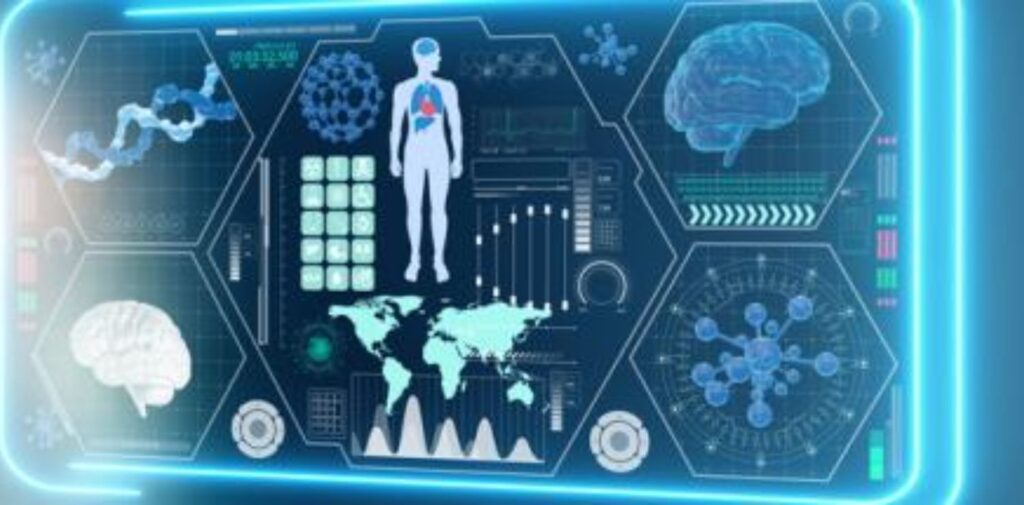
The Big Players: Who’s Leading the AI Arms Race?
- United States: The U.S. is currently the leader in AI technology. Its military uses AI in drones, autonomous ships, and cybersecurity. Companies like Google and Microsoft are also involved in AI research that sometimes supports defense needs.
- China: China is the fastest-growing player in AI and has a national goal to become the world leader in AI by 2030. It’s using AI to monitor citizens, control drones, and strengthen its military.
- Russia: Russia is focusing on AI for cyber warfare and autonomous weapons. It believes in using AI to win wars with fewer human soldiers.
All these countries are spending billions of dollars to stay ahead in the AI game. This growing competition can lead to tension, mistrust, and even new types of conflicts.
How Can This Affect the Common Man?
You might wonder, “This all sounds like big international stuff—how does it affect me?”
Well, even if you’re not in the army, AI-based global tensions can affect your daily life in many ways:
- Cyber Security Threats: AI can be used by hackers to attack your personal data, bank details, and social media accounts.
- Job Shifts: As AI becomes more common, some jobs may disappear while new ones appear. This will require people to reskill and adapt.
- Economic Pressures: Countries spending more on military AI may cut budgets in areas like education or health, affecting public welfare.
- Privacy Issues: In the name of national security, governments might use AI to monitor citizens more closely, raising questions about individual freedom.
So yes, while AI may not be flying over your house in the form of a drone today, its impact can still be felt in everyday life.
India’s Smart Approach: Balancing Defense and Ethics
One good thing is that India is taking a thoughtful path. The country believes that AI should be used not just for power, but for progress. For example:
- AI is being used in agriculture to help farmers predict weather and improve crop yield.
- In healthcare, AI is helping diagnose diseases early and provide better treatment in rural areas.
- In education, AI is supporting digital classrooms and personalized learning.
India also supports global talks on setting ethical rules for AI in warfare. This includes making sure AI weapons don’t hurt innocent people or cause harm without human control.

What Can We Do as Citizens?
As Indian citizens, we can play a role too:
- Stay informed about how AI is being used by governments and companies.
- Learn basic AI concepts, especially if you’re a student or working professional.
- Support leaders and policies that promote peaceful and ethical use of technology.
- Be aware of your digital privacy and use strong online practices.
Also, encourage your children or younger family members to explore careers in science, coding, or AI. India’s future in this AI age depends on how well we prepare our next generation.
Conclusion: The Need for Responsibility in a Smart World
The AI Arms Race is real, and it’s changing how wars are fought and how peace is maintained. While AI offers amazing opportunities, it also brings serious responsibilities. India, with its focus on peace and progress, can set an example for the world by using AI wisely—not just as a weapon, but as a tool for development.
As global tensions rise, let us not race for destruction, but for solutions. The future depends not just on which country has the smartest machines, but which one uses them the smartest way.

